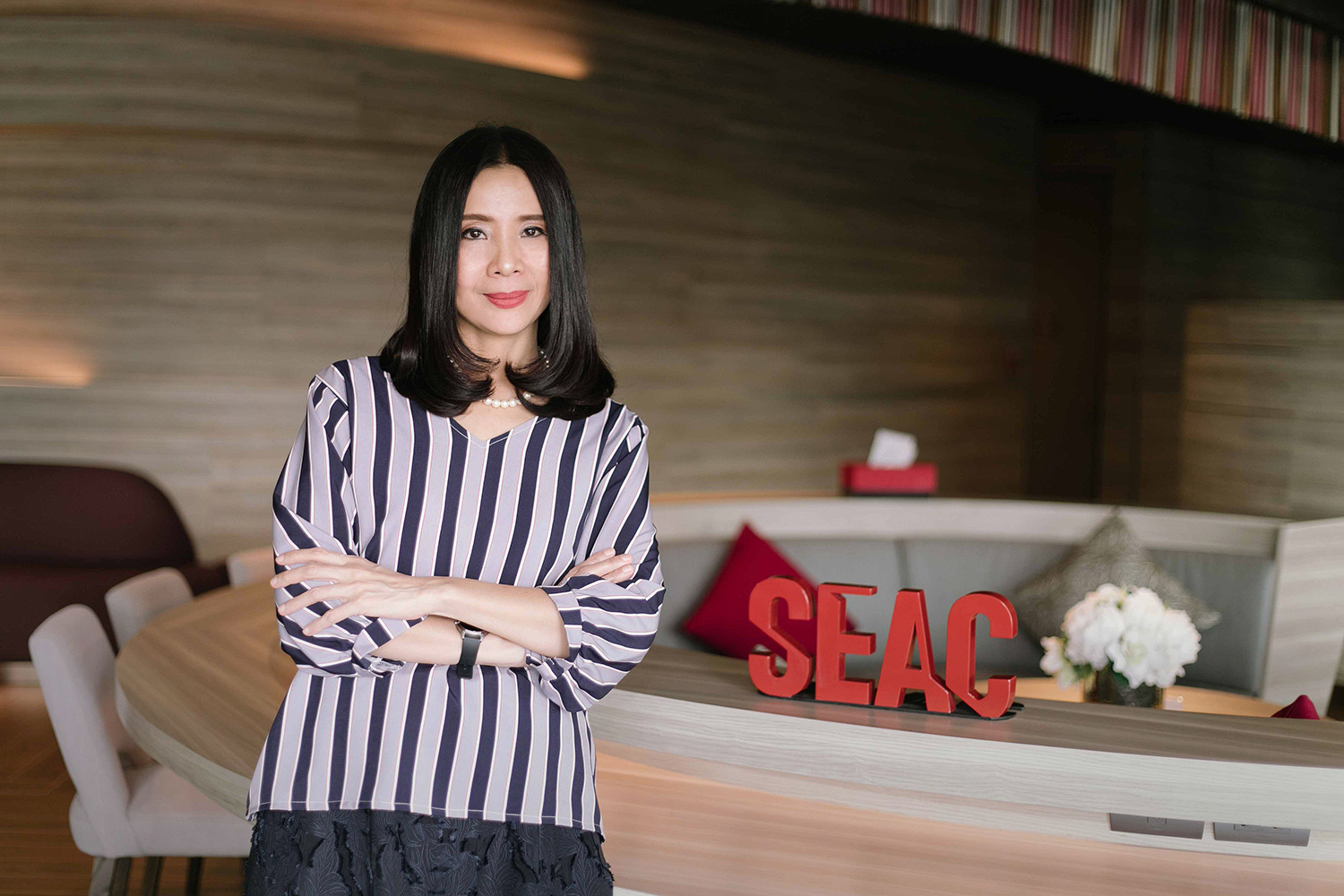
When Covid-19 first emerged, nobody knew we would be where we are today. Because of the pandemic, our economy, businesses and lives have been changed. And for over a year now, we have lived in a climate of intense uncertainty.
Everything in our world has shifted — our purchasing behaviours, the way we do business, the workplace. But another key element that has shifted is how business leaders lead their people. While the workplace has been digitised, businesses have also shifted to cost-saving mode.
Now deep into the third wave of the pandemic, business leaders must make another shift, as they can no longer rely on themselves alone to drive business. Now, more than ever, they need to rely much more on their people’s strengths and on giving them the space to drive the organisation forward.
Leadership is no longer about a position of power but about having a set of skills and traits that help drive our work, projects and teams. So regardless of where you are in the company, you can be a leader.
While role or position is often mistaken for leadership, another dangerous misconception is that leadership is a one-size-fits-all approach. Every individual person reacts to different leadership styles and can depend on various factors such as their objectives, needs, motivation, and so on.
Every leader has his or her own sets of skills and traits that have helped bring them to where they are today. Those skills and traits can include people skills, great communication skills, and even a strong sense of self-awareness. But these skill sets can be developed and nurtured, even in an individual employee who does not have any management responsibilities or a senior position.
In order to ensure that everyone in the organisation can build up their own leadership skills, business leaders must be able to give their support. This begins with understanding individual motivation and competency.
Servant Leadership or Situational Leadership II (SLII®) is a concept that answers the need for deeper understanding to bring out the leader in each of your people. According to The Ken Blanchard Companies, SLII® depends not on one style but on the situation the leader faces.
The leadership misconceptions we face, though common, can be dangerous, especially in our constantly changing world. This where SLII® comes in. Before business leaders can even begin to bring out their people’s potential, they must make the shift in their way of leading.
Everyone in the organisation falls into different categories according to the SLII® concept and model, and business leaders need to adjust their styles depending on which person or group they are dealing with. They must first identify which category their employees fall into and then they can do as follows:
First, identify their goal. Each goal will require different skills and will feature different motivations based on interests. Understanding this can ensure that business leaders can better understand the next step.
Second, identify their level of competency and motivation for achieving the identified goal, then categorise them accordingly. As mentioned in the first point, everyone has different skills and levels of motivation.
Based on the approach pioneered by The Ken Blanchard Companies, people can be grouped into 4 development levels. For example, there is the enthusiastic learner with low competency but high motivation to reach the goal, and the self-reliant achiever with high competency and motivation.
Finally, based on their level, lead according to the style that best fits their needs to bring out their best potential. Each will require different levels of directive (requires attention to instruction) or supportive (requires attention to morale and support) behaviour.
For example, a person who is an enthusiastic learner will require high directive behaviour but low supportive behaviour. This is because they’re already highly motivated, but not competent enough to complete the goal, therefore requiring more instructional commands.
This is just the first step for business leaders to motivate and inspire their people to take the lead themselves. In a world of constant change and uncertainty, we need to ensure we also make the necessary changes in leading our people, to help them grow themselves and the business in every situation.
Arinya Talerngsri is Chief Capability Officer and Managing Director at SEAC – Southeast Asia’s Lifelong Learning Center. She can be reached by email at arinya_t@seasiacenter.com or https://www.linkedin.com/in/arinya-talerngsri-53b81aa. Talk to us about how SEAC can help your business during times of uncertainty at https://forms.gle/wf8upGdmwprxC6Ey9